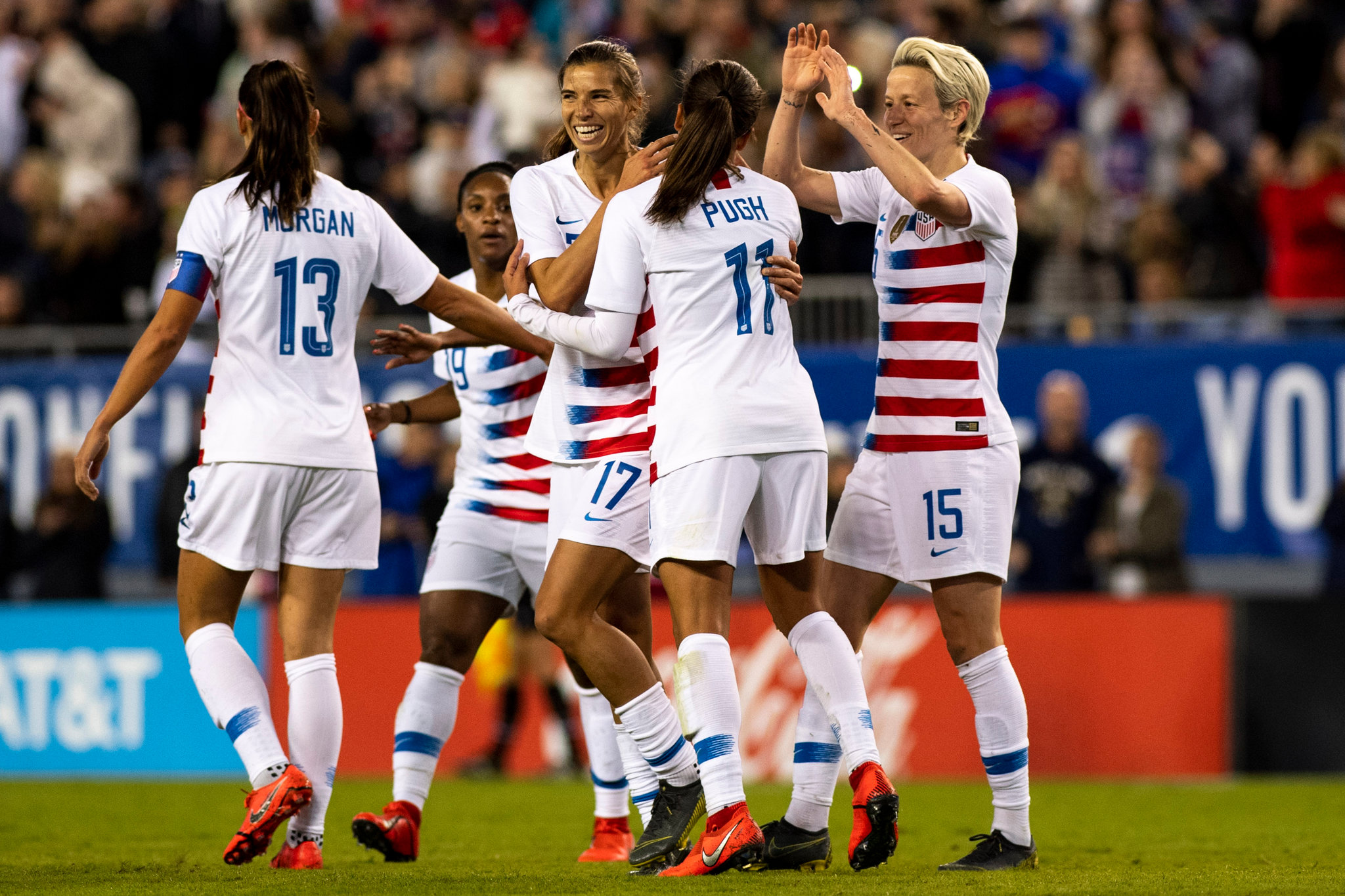The gender gap is one of the small (but unfortunately, growing) number of political issues that have invaded the metaphoric pitch of The Beautiful Game. As such, it can sometimes be ugly to talk about, but that very fact makes it necessary to talk about it. As part of the overarching "Battle of the Sexes", as it's called, the gender gap has become a fiercely debated issue relying on whether men's and women's football players should get absolute equal pay, or whether it should depend on the crowds they attract and the revenue they earn for their clubs.

Naturally, in this issue as with most issues, the solution is probably somewhere in the middle. While equal pay for equal work is undoubtedly a sound concept, it must be recognized that the results of the work, measured in viewership, jersey sales, and all the other metrics of football's Big Data have to hold some weight. If people will pay a thousand euros to watch Lionel Messi, but only two hundred to watch Megan Rapinoe, it's only fair that Leo get paid more than Megan; for the same reason it's only fair that Leo Messi gets paid more than Danny Drinkwater. The real point of contention, and what is routinely ignored by the groups insisting that equal wages are unfair, is the amount by which the wages across genders differ, which is far greater than the difference in stature of the two sports.
During the 2018 and 2019 FIFA World Cups, their respective revenues were estimated to differ by a ratio of 5 to 1. The prize pools, however, were 38 million compared to 4: that's a little more than 9 to 1, almost double the difference in revenue. That gap is one that's unacceptable, one that reflects the unfairness of the system.
Despite all this, women in football insist on equal pay in absolute terms. This perspective is reflected in the USWNT's demands, made directly after their world cup victory last year. Unfortunately, their demands (and the civil suit they took the federation to court over) were struck down, and they continue to be paid less than the men's team, even though the women's football team is more successful.
Going forward, the USWNT seem to have proven that the path to equality is not going to be a shortcut court case. The course of action seems difficult to find, but acrimony between players' unions and sports federations will never help. Perhaps one possible solution is one tennis icon Roger Federer called for in April this year, with the suggestion that the men's and women's tennis federation merge together. While football does already have integrated men and women's federations, a change in organization structure could go a long way towards correcting, or at least reducing, the current gender disparity. Right now, a vast majority of officials and associated personnel in men's football are men, and vice versa for women. These small but significant changes, and the greater intermingling of the two sports, is the only, long-term, solution to football's gender problem.